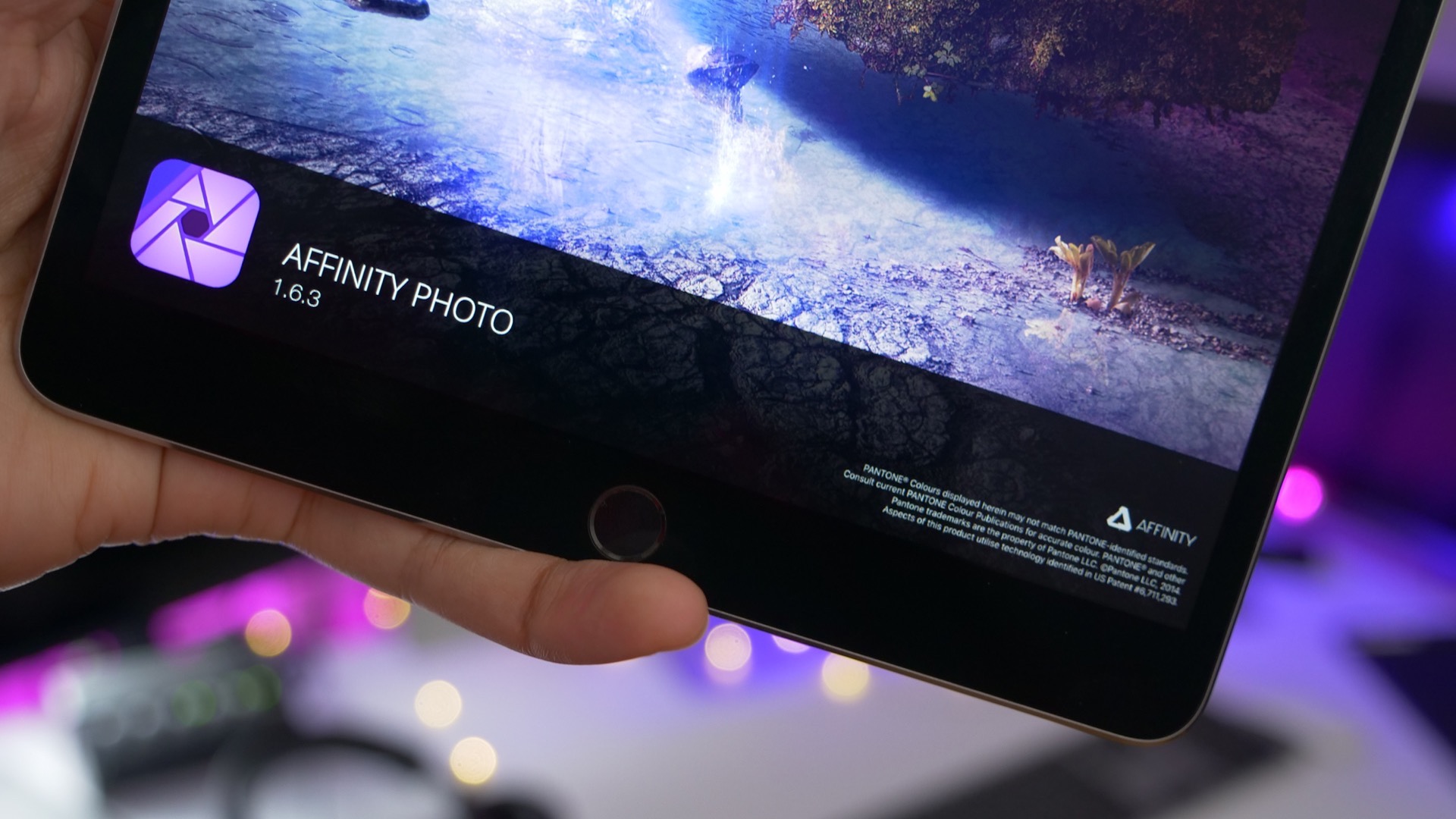


Opening up the ability to carry the software around when shooting makes on-location edits a breeze, especially when wanting to edit the following day after staying up all night shooting the stars.Īffinity Photo has a strong advantage over the competition in the form of its Tone Mapping Persona. Redesigned for the touch-sensitive screen, the software is clutter-free and neatly organized, making it easy to use with fingers or a stylus. However, rather than a stripped-back version, Affinity Photo on iPad offers the full whack of features and tools you’d find in the desktop version.

The mobile version of Affinity Photo is only available on the iPad (opens in new tab) and supports iPad Pro, iPad Air 2, 3 & 4, iPad Mini 5, and iPad (early 2017 onwards) - earlier models are not compatible. Photographers can use the 32-bit raw processing to their advantage by developing images, creating multi-layered compositions, or liquifying and retouching images. Aptly named, the Export Persona takes charge of the export options for images to save in JPEG, PNG, PSD, and other common file formats.Īffinity Photo runs well on Windows and macOS (even with an iPad version) and has had a performance boost with the latest update. The Develop Persona is perfect for raw processing, and for HDR development the Tone Mapping Persona is the place to be as it can also affect single, non-HDR images. The Liquify Persona distorts image areas on a pixel level, allowing warping and neat retouching. For example, the Photo Persona is responsible for photo editing and can do things such as crop, brush, retouch, erase, and more. It gives Affinity Photo a performance upgrade by tweaking how the software handles layers, making it more efficient at blending them together for a faster and smoother workflow - even when working non-destructively.Īffinity Photo splits itself into fifths in the form of Personas. Update 1.10 applies to the whole range of Affinity products from Serif.


 0 kommentar(er)
0 kommentar(er)
